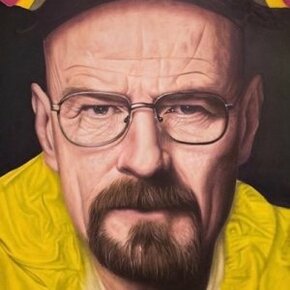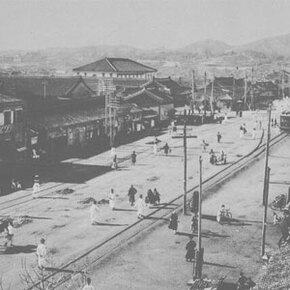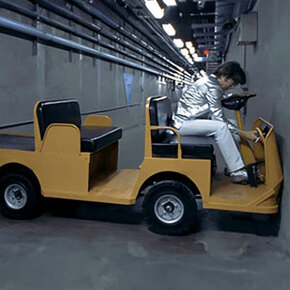Evolution and the Effects of Technology on Typography
Typography has undergone several transformations since it first came to be used in ancient times. As new technologies continued to emerge, typography was allowed to evolve and become incorporated in more and more areas.
Here, we go through the evolution of typography and take a closer look at how it has been influenced by technology over the years. From ancient hieroglyphs, to the art of Calligraphy, right up to the present day, we take a quick look at the history of typography.
Where it all began
The first recorded written communication were cave paintings, dating back to 20,000 B.C. From there came the use of Egyptian hieroglyphs, a basic form of communication used by 3100 B.C. Used to simply represent ideas, these images then went on to become alphabets and phonographic writing.
It was the Romans that refined the art of handwriting, introducing different styles of lettering and scripts. Handwritten and well-illustrated manuscripts became popular in The Middle Ages, leading to the development of several different writing styles. Books were hand lettered in Gothic style, with unicals and half unicals being prominent features.
Technological turning point
It wasn’t until the 15th century that Johannes Gutenberg brought us the moveable type and printing press. The first typeface to be carved, Blackletter, was based on the hand writing style of the time.
This technological development was a real turning point for modern typography, allowing both decorative and practical typefaces to appear en masse. Early typefaces continued to be based on early hand written scripts and were known as serif fonts.
However, typographers soon began experimenting and designing their own type, leading to well known fonts such as Goudy Old Style and Garamond in the 1500s to 1700s. In the 1700s we were introduced to the Transitional era, then the Didone in the 1800s and Slab in the 1900s.
Modern typography
No longer is typography limited to printing presses and factories; now graphic designers, and anyone willing to learn how, can design their own typefaces on software such as Fontlab. With endless tools and technologies, designers can now easily create a wide range font families and typefaces.
Typefaces aren’t just being designed for print, either. They are being used in everything from logo design, to movie posters and merchandise design. With this increase in demand, new trends in typography continue to emerge, from dramatic typography to urban fonts and the possible return of the serif thanks to higher resolution screens.
Present day typography
Technological developments in the world of computing have had a huge impact on typography. Thanks to the “@font-face” tag, a CSS at-rule that allows users to specify online fonts to display on their web pages, the demand for typography has dramatically increased, putting no stop to the endless creativity.
Type designers are constantly finding new ways to adapt to new markets and technologies, so it’s only a matter of time before we find out what the future has in store for typography.
Even hundreds of years after type design became a profession new designs continue to emerge. From developing innovative typographic styles, to reinventing the classic, a designer’s job is never complete.

















Got wisdom to pour?